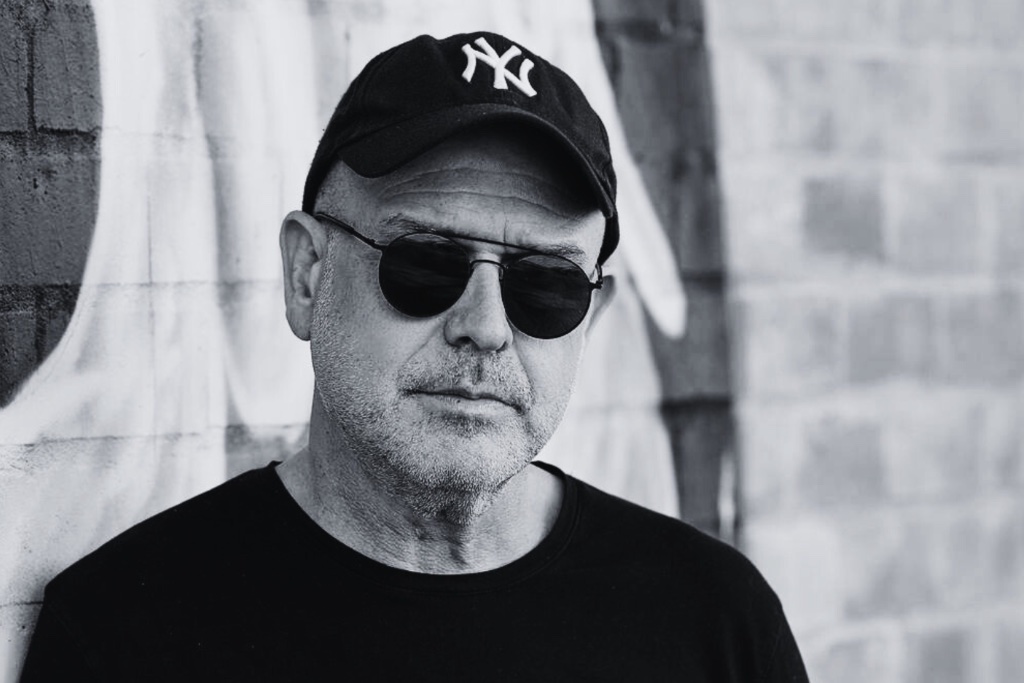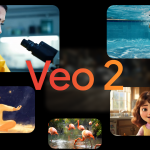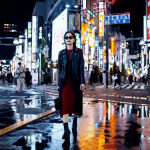By Rodd Chant, Executive Creative Director – PARLOR
Well, this week wasn’t a slow news week if my LinkedIn feed is anything to go by.
My news feed was inundated with posts about the latest AI innovation – SORA AI from OpenAI. And there is good reason for all the buzz, it is, and will be a game changer.
There are two very different camps in this debate and neither side seems to have much common ground. The LinkedIn posts I have seen are either excited or incredulous.
SORA AI’s text-to-video offering is pretty damn amazing if the examples are anything to go by. Yes, you can see small glitches in parts, but give it time, probably a very short time, and we’ll no longer see those glitches.
Just think back to where AI video was less than a year ago and now look at where it is today, it is evolving at lightning speed.
So where does that leave creative people and creative jobs?
There is no denying that technology like this could be the ultimate disruptor in the advertising business. It could put many video and animation production companies out of business. It could also wipe out some ad agencies.
Clients are going to start wanting, or demanding, that agencies adopt and use this technology for both time and cost efficiencies. Anyone who doesn’t see that coming is fooling themselves.
This is a time to adapt, evolve, rethink, and reengineer. Because where this technology is today is nothing like it will be a year from now…or even in six months.
Now, more than ever, being a creative thinker, and an ideas person, someone who can dream up scenes and scenarios and imagine worlds as yet uncreated will be in demand because someone still has to feed that information into AI to steer it in the right direction.
Knowing how to develop ideas, tell a story, and draw upon passions for photography, art, design, and typography, will be a benefit.
Being able to write prompts that can talk about light and shadow, that can explain a scene and how it needs to play out, and who can talk about colours, reflections, and transitions will be invaluable.
Before television arrived on the scene, copywriters focused their storytelling on print and radio. But the new technology made them rethink their radio scripts and turn them into something you could now watch and hear.
Even the introduction of the smartphone has changed production. I recently saw an amazing Lunar New Year video shot on the iPhone and the results were great. Technology continues to open up so many doors for creatives, it is so much better than how it was 20 years ago.
Every creative person worth their salt needs to think fast about their role in this new landscape, resting on laurels, digging your heels in and refusing to budge could be a very dangerous strategy to adopt.
I am excited about this new technology and the possibilities it brings to the table. I am already teaming up with a video editor and a production company and we’re working on ideas purely for fun to see what we can create.
And yes, there are the potential copyright issues, a lot of stuff still needs ironing out, I can remember when sampling parts of other people’s music was commonplace in the music industry, until that was stopped, unless of course it was officially licensed.
But with the speed at which this technology is evolving and the capabilities for AI to learn and adapt, my gut tells me the copyright issues may not last long, but that’s just a guess of course.
We are living in interesting, exciting, and disruptive times, my friends. Buckle up, it’s going to be a fun ride.
MARKETING Magazine is not responsible for the content of external sites.











